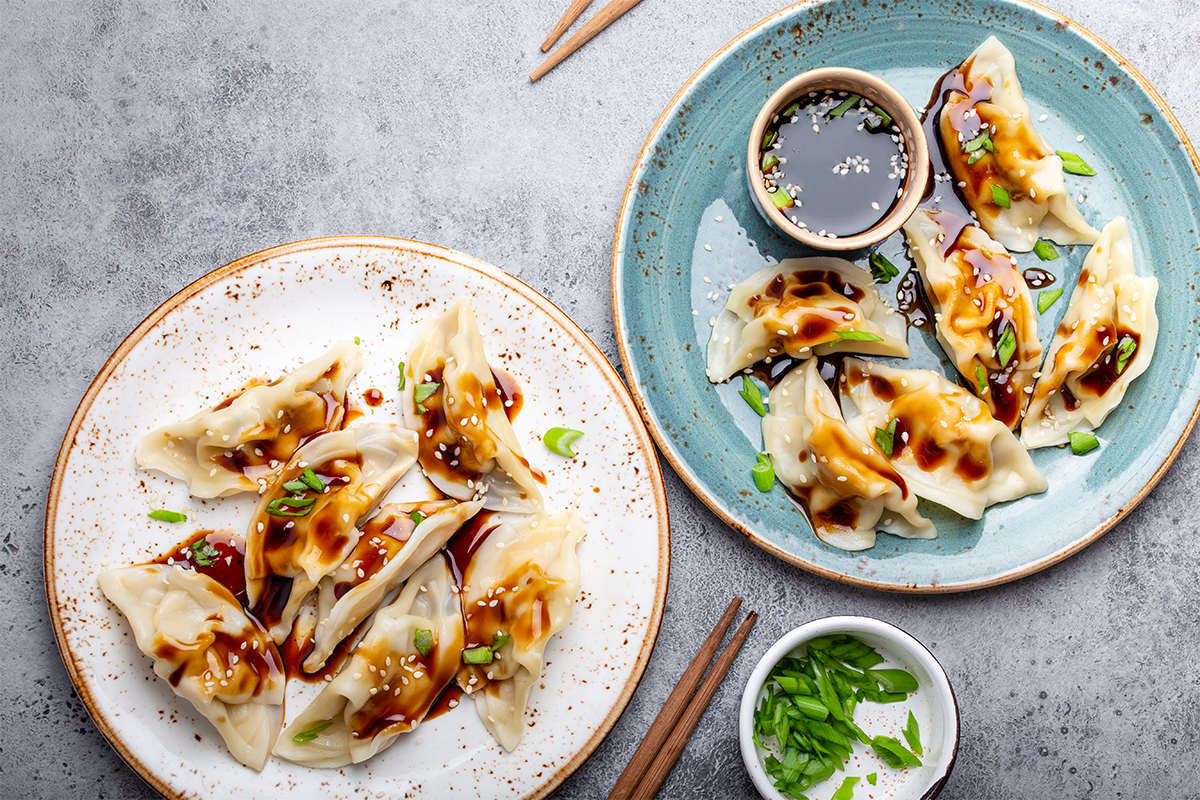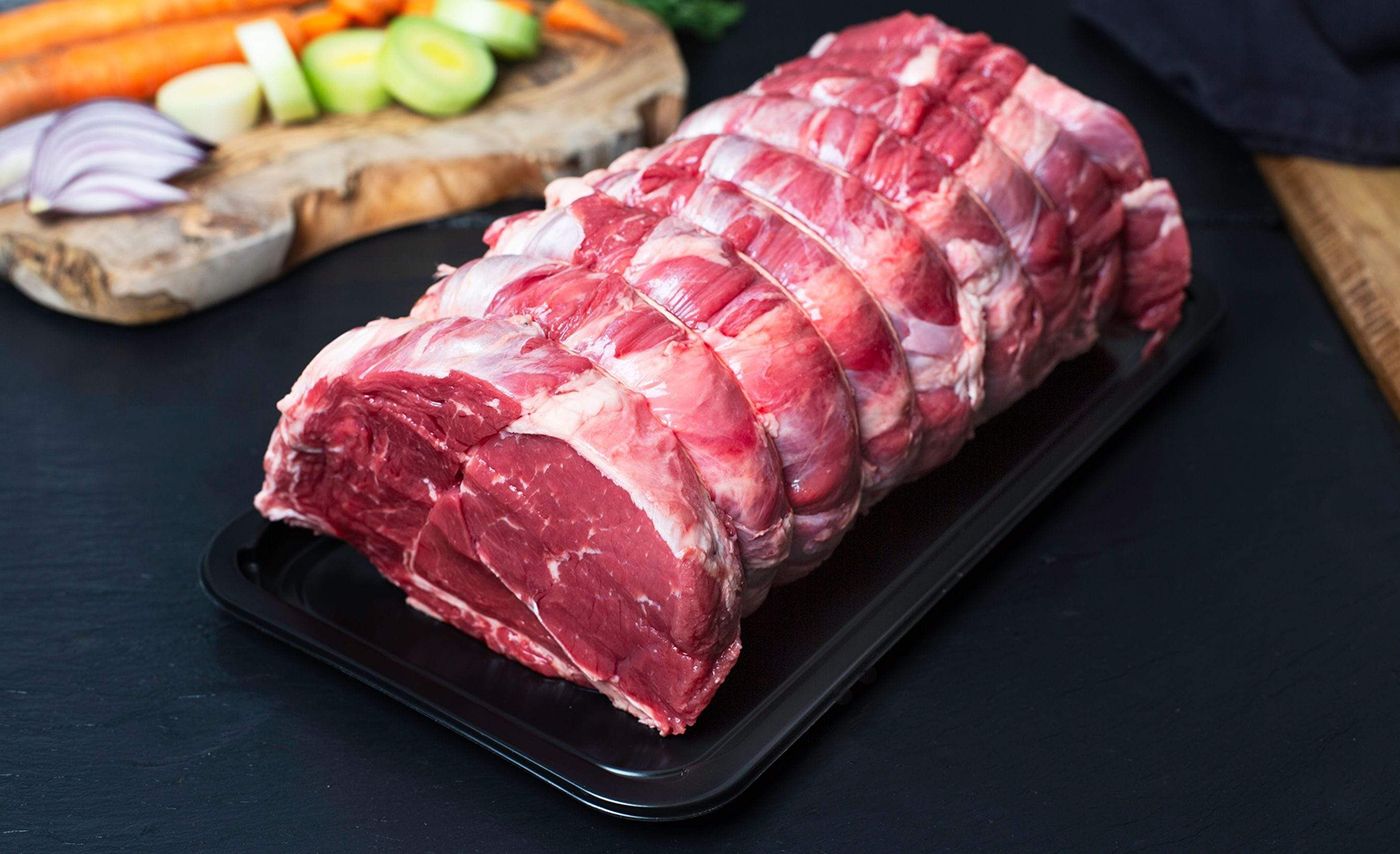Learn
| Inspiration | A tribute to the dumpling
A tribute to the dumpling

I think about dumplings at least once a week. In the lead-up to Lunar New Year this Friday 12 February 2021, I have been thinking about them daily.
During New Year celebrations, families come together to make jiaozi (dumplings) that are eaten around midnight on the eve of New Years Day. Their golden shape resembles a gold ingot, an ancient Chinese currency used in imperial China during the Qin dynasty (221 - 206 BC). Shaped like a crescent moon, jiaozi are made with a thick dough skin and can be steamed, pan-fried, or boiled. An auspicious meal, there is an old saying that the more dumplings you eat, the more money you’ll make in the following year!
As with most food origin stories, it’s hard to know exactly where dumplings came from. Their first appearance in print was around the 17th century, but undoubtedly the doughy morsels were around much earlier than that. Filled dumplings, like the ones we enjoy today, were eaten in China much earlier than the rest of the world. With jiaozi believed to have been invented during the Eastern Han (AD 25 -220) or Western Han (206 BC – AD 9) dynasties.
Regardless of their etymology, the dumpling itself is universal – Japan has gyoza, Italy has ravioli, Russia has pelmeni, Nepal has momo, Poland has pierogi, and Turkey have manti. Popular around the world, in 2015 a Shanghai born, US based designer Yiying Lu started a kickstarted campaign to raise awareness for the missing dumpling emoji. Following the widely popular campaign Apple released the emoji in 2017.
While many families won’t be able to enjoy Chinese New Year together this year, the Ox brings with it traits of strength, reliability, fairness, and a strong, calm nature. All things we need in 2021.
恭贺新禧 – Good luck in the year ahead!
Check out these dumpling meal ideas:
Posted by Julia Gardner








